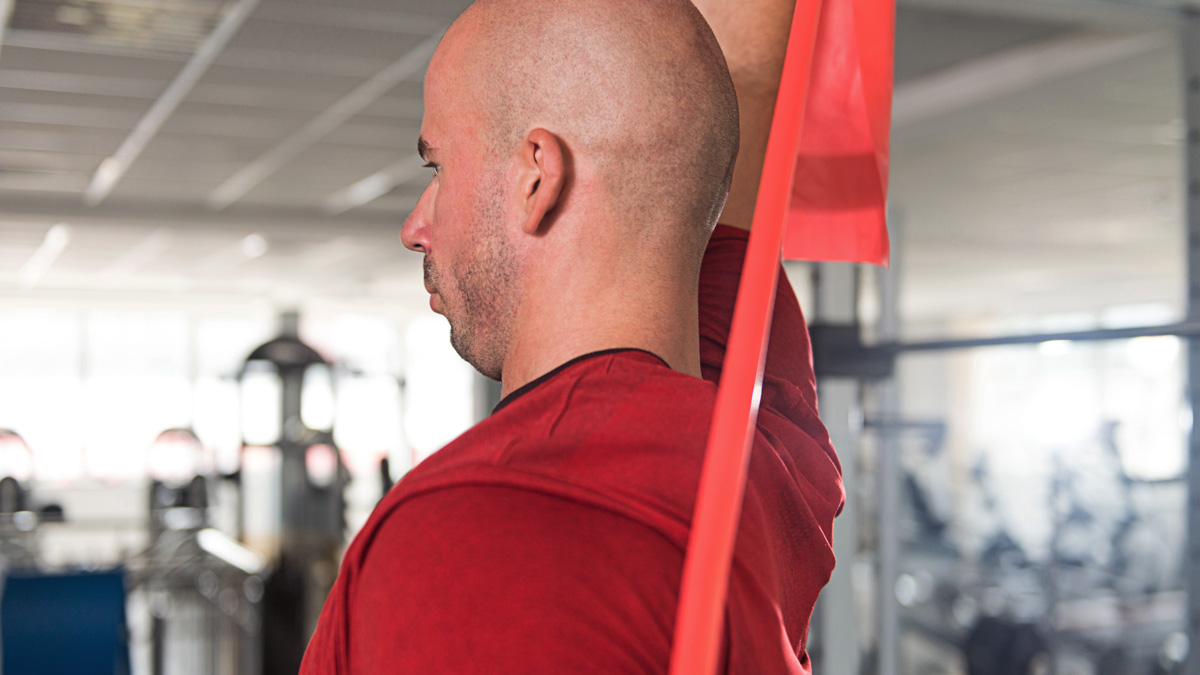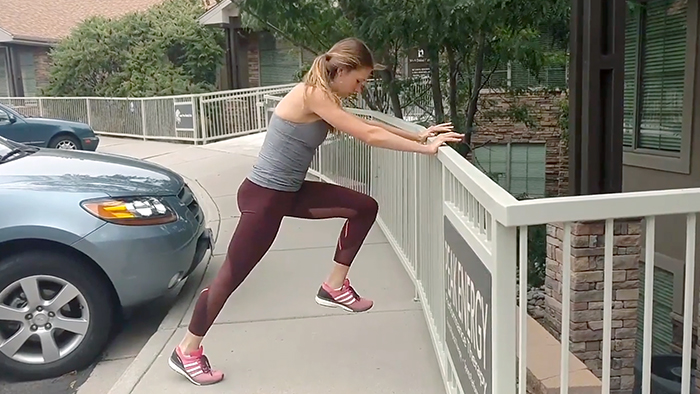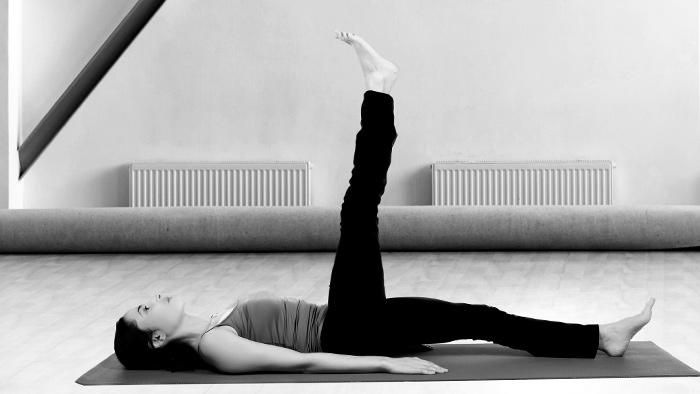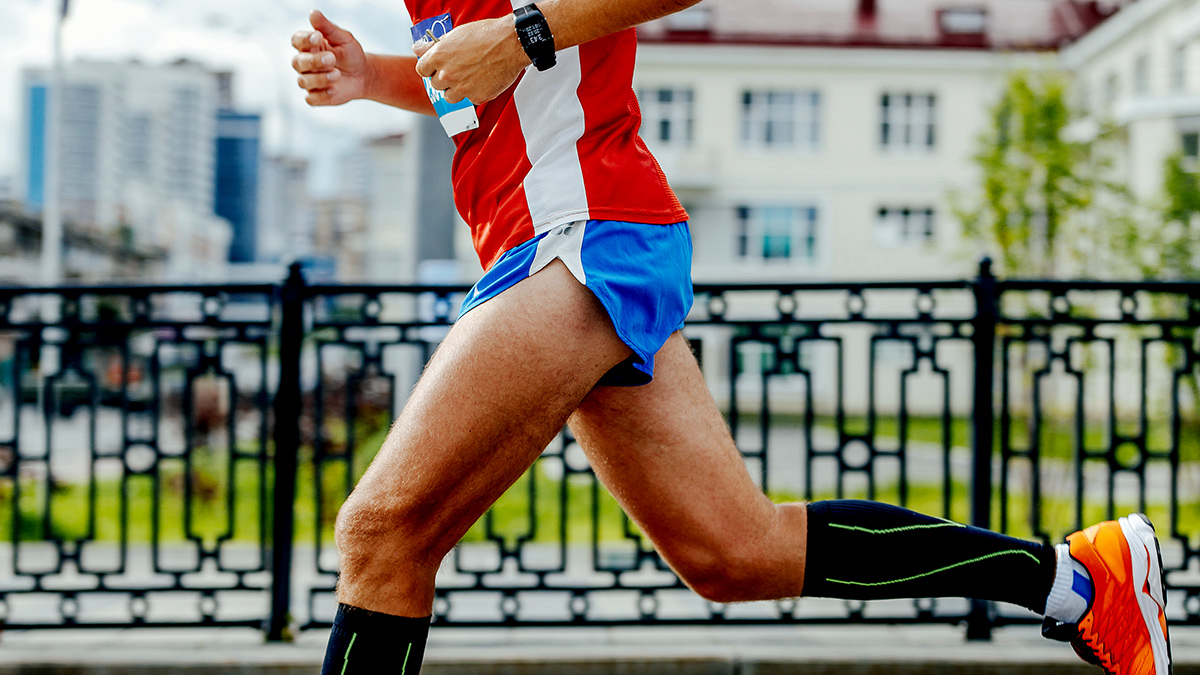Mobility and stability are not just buzz words in the strength community, they are the foundation to a fully functioning body that will maximize efficiency and performance.
While triathletes seem to have finally embraced strength as a critical piece of their training, it seems that mobility lags behind in its validity of purpose. Too often athletes are told to execute mobility work and too often they brush it aside and go straight to the strength.
The hard truth, however, is that mobility is as much as a factor in a triathlete’s success as their ability to withstand hours of endurance work on race day. Without a mobile body that enjoys full range of motion, the body’s repetitive movements in the water, in the saddle and on the road will ultimately lead to poor mechanics, resulting in compromised efficiency and possible injury.
Mobility Defined
Let’s set the record straight between mobility and stability so we know what we’re talking about.
Mobility is the uninhibited ability to move a joint through its full anatomical and available range of motion to produce a desired movement.
Stability is the ability of the kinetic chain (i.e., nervous, skeletal, and muscular systems) to stabilize a joint during movement.
Simply put, mobility is the ability to produce a desired movement while stability is the ability to resist an undesired movement. Below we’ll walk through the top 4 reasons why mobility matters.
Reason #1: We are a body of joints built to move together
While some theories blossom and then fade, others stick. You may be familiar with Gray Cook’s “stack of joints,” theory, and it’s one that has stood the test of time.
The concept is as simple as this: our bodies are a series of joints, and each joint has an alternating function between mobility and stability as you move up the body from the floor. Each joint’s function dictates the body’s ability to perform.
The chart below lays out each joint and its corresponding need. The ankle joint needs to be mobile, the knee joint stable, the hip joint mobile, etc. Mobile joints are exercised in warmup so that they can support the stable joints, which are addressed with strength training.
| Joint | Need |
| Ankle | Mobility |
| Knee | Stability |
| Hip | Mobility |
| Lumbar spine (lower back) | Stability |
| Thoracic spine (upper back) | Mobility |
| Glenohumeral joint (shoulders) | Stability |
Reason #2: Mobility ensures proper form in the weight room
Having full range of motion (mobility) for squats, deadlifts, overhead presses, etc. in the weight room allows for proper execution and desired results. Without mobility, your technique will be compromised, leading to lesser gains and potential injury.
Consider the movement of the barbell squat. Sufficient range of motion through the hip joint is needed for full flexion on the way down and extension on the way up. Additionally, ankle mobility is needed for lower leg movement, and mobility and stability in the lumbar spine is needed to support the weight of a barbell throughout the exercise.
If mobility is compromised, joints will compensate all the way up the chain, forcing less stable movement and increased instability.
Reason #3: Mobility increases efficiency and decreases injury
The same cycle of compromised mobility leading to increased instability is true for athletes “in the field.” Triathletes spend the majority of their training in all three disciplines in one plane of motion—repeating the swim, bike and run motion over and over. Sitting bent over on a bike or running at a moderate speed puts the body in a position of limited hip extension or knee flexion for hours at a time.
This constant repetitive motion creates muscle tightness and postural imbalances that eventually play out in poor mechanics. We’ve all seen the swimmer with the poor shoulder mobility who swings their arm sideways out of the water; the biker with the tight hips that force their knee out of alignment on the pedal stroke; or the runner who can’t fire their glutes and shuffles their way toward the finish.
These examples of poor form are not a result of long hours of training but rather a result of long hours of training with inadequate mobility. The good news is that form can be corrected with mobility and strength work in the weight room.
10-minute mobility routine.
Listed below are a few examples of mobility movements for each mobile joint, with links to examples. Remember to exercise these mobile joints during the warmup phase of the workout and then focus on the stable joints during the strength phase.
ANKLE:
HIPS
THORACIC SPINE:
SHOULDER:
Reason #4: Mobility makes for a better race day
Most endurance training programs incorporate strength training into their weekly workout plans, with the objective of building faster and stronger athletes. But to fully benefit from all the hours dedicated to training in the field and in the gym, you need to align yourself with mobility work as well.
Strength training and range of motion complement each other to make athletes more efficient, faster, stronger and less prone to injury, ensuring sustainability and speed for top race day performance.








